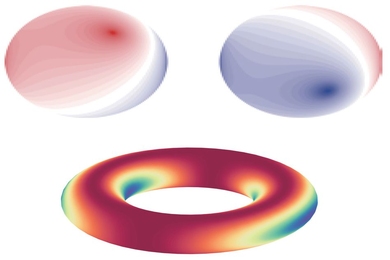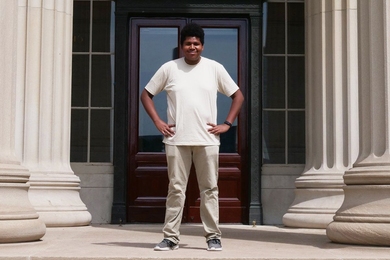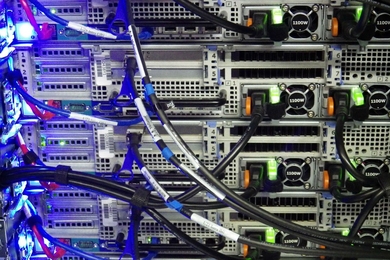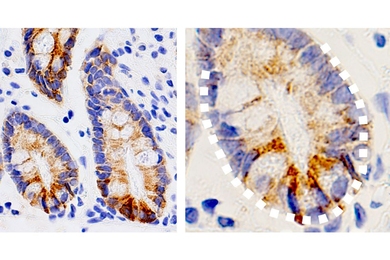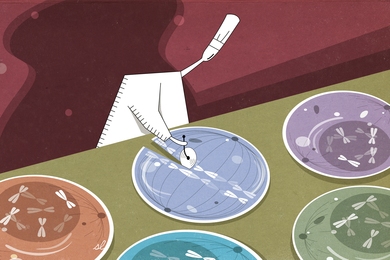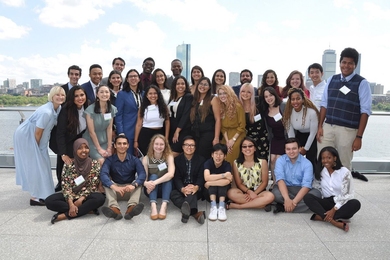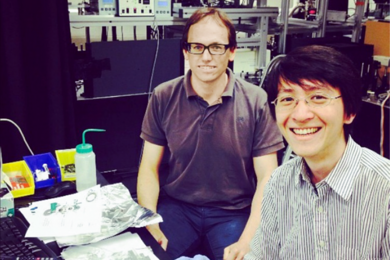Breakthrough Prize in Fundamental Physics awarded to Event Horizon Telescope Collaboration for black hole observation
Nearly 30 MIT-affiliated researchers will share in the prize, while David Jay Julius ’77 wins Breakthrough Prize in Life Sciences; assistant professor of physics Max Metlitski shares New Horizons prize with Xie Chen PhD ’12 and Michael Levin PhD ’06.

